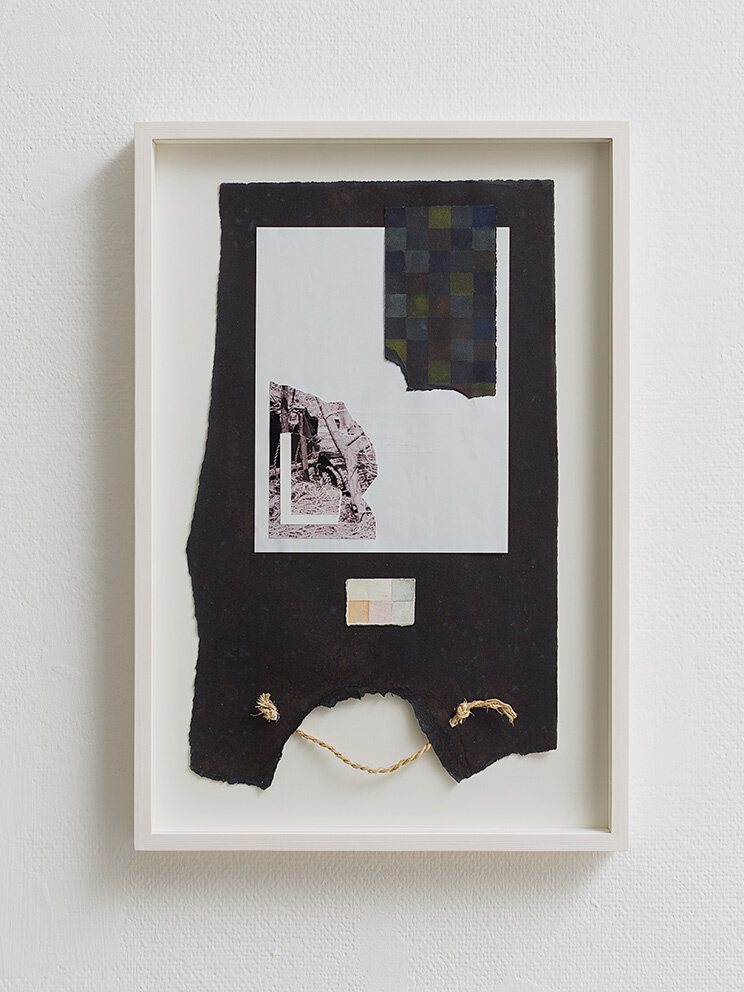Earth & Sky
Earth and sky is irrigated by disparate fields of research viewed through the geographical prism of one specific region - the Hula Valley in northern Israel. The first body of research belongs to Professor Yossi Leshem, a renowned zoologist whose groundbreaking work tracks and analyzes with radar technology the migration patterns of birds flying through the skies of Israel. His delineation of exact flight routes and vectors has developed a novel way of looking at migration and has contributed to extensive conservation efforts in the region. Whilst the mapping of migratory movement is captured in works on paper, the data analysis and numbers are channeled into an immersive sound installation that is an auditory counterpart to the series of radar drawings. What starts as an audio diary of scientific research evolves into a cumulus of voices, enveloping the listener in an avalanche of numbers and colors.
Ornithological research leads to another body of knowledge, that of the cultural and environmental history of the Hula Valley before the state of Israel was formed, and before the marshlands were drained, one of the biggest Zionist projects of the 1950’s (which generated a local ecological disaster of its own including chemical runoff, large peat fires and species extinction). During the 19th century the area was populated by the Ghawaraneh tribe whose economy, architecture and domestic life relied on the abundant papyrus reeds growing in the swamplands. The tribe was well known for its crafts throughout the region producing mats, which were used for constructing huts and shelters, tools, tables, saddles and a myriad of other objects. Briefly after 1948 the villages were depopulated and the local craft techniques of weaving, building and constructing with the papyrus plant were lost with this forced move from this natural resource pletniful only in the area.
A third body of knowledge emerges, one of construction and craft, passed on by tribe members, and lost together with this little known history of the Hula Valley region. No artifacts are left to conserve, no museum offers a material glimpse into this body of knowledge, or the objects, domestic environments, and aesthetics it generated. A series of “research sculptures” and works on paper focus on this history through partial views and pieces of archival photos, underlined Xeroxed research papers and drawings. Each object is captured only in the sphere of language through the pieces’ titles: A saddle, a sitting mat, a cleaning utensil for daily use. The papyrus handmade rope that appears as a leitmotif throughout the exhibition was woven adhering to these regional techniques of harvesting, drying, and weaving and commissioned for the show from a craft conservationist.



















